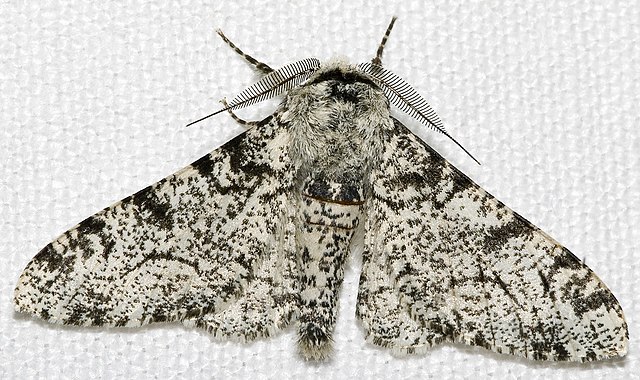Alternatives to Darwinian evolution
Alternatives to Darwinian evolution have been proposed by scholars investigating biology to explain signs of evolution and the relatedness of different groups of living things. The alternatives in question do not deny that evolutionary changes over time are the origin of the diversity of life, nor that the organisms alive today share a common ancestor from the distant past ; rather, they propose alternative mechanisms of evolutionary change over time, arguing against mutations acted on by natural selection as the most important driver of evolutionary change.
The mediaeval great chain of being as a staircase, implying the possibility of progress: Ramon Lull's Ladder of Ascent and Descent of the Mind, 1305
Louis Pasteur believed that only living things could carry out fermentation. Painting by Albert Edelfelt, 1885
Henry Fairfield Osborn claimed in 1918 that Titanothere horns showed a non-adaptive orthogenetic trend.
Jean-Baptiste Lamarck, drawn by Jules Pizzetta, 1893
Evolution is the change in the heritable characteristics of biological populations over successive generations. It occurs when evolutionary processes such as natural selection and genetic drift act on genetic variation, resulting in certain characteristics becoming more or less common within a population over successive generations. The process of evolution has given rise to biodiversity at every level of biological organisation.
White peppered moth
Black morph in peppered moth evolution
Male moor frogs become blue during the height of mating season. Blue reflectance may be a form of intersexual communication. It is hypothesised that males with brighter blue coloration may signal greater sexual and genetic fitness.
The common garter snake has evolved resistance to the defensive substance tetrodotoxin in its amphibian prey.








